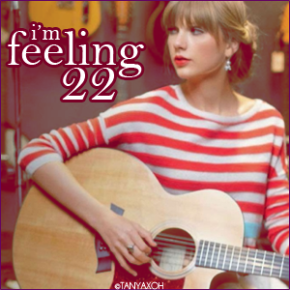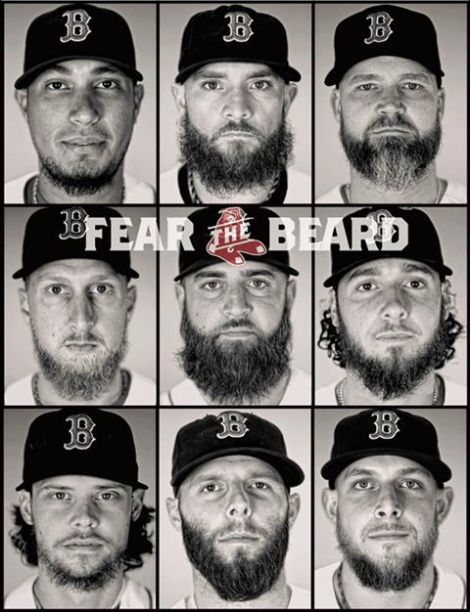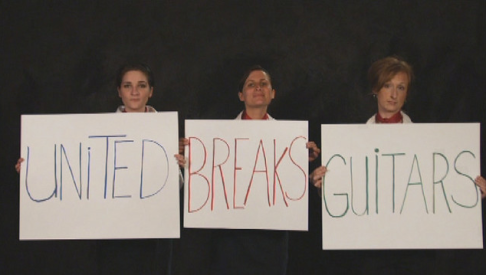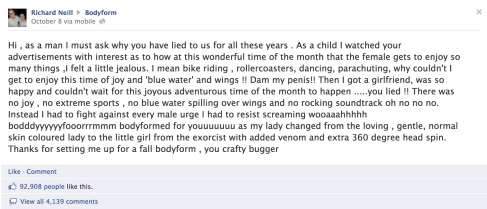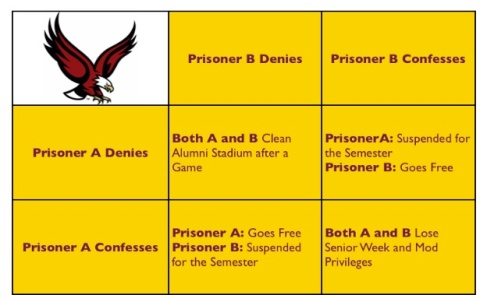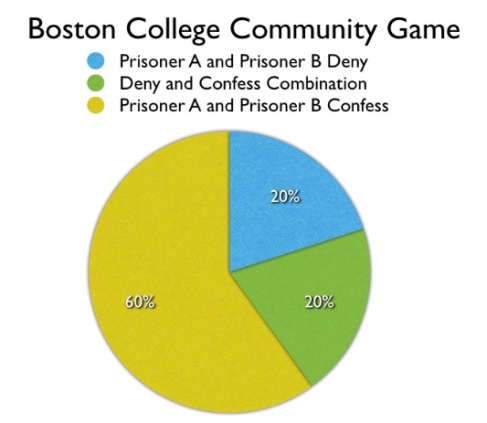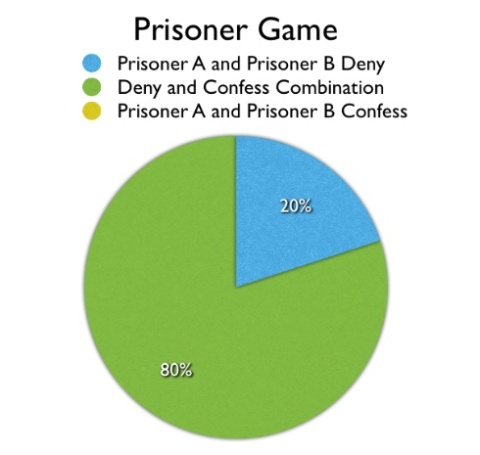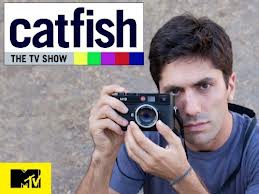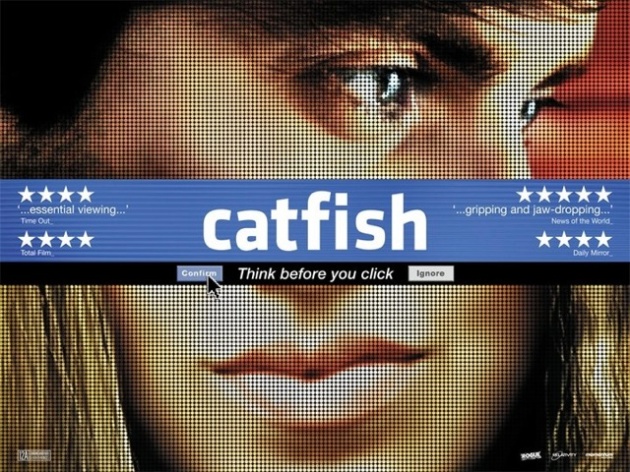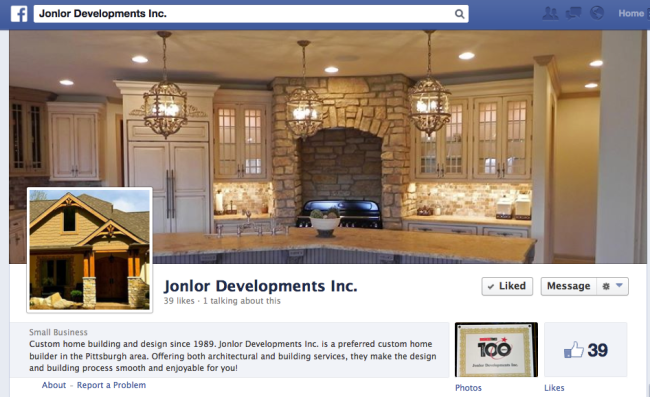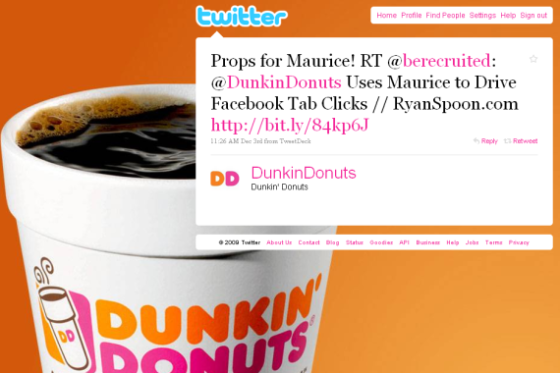 As we wrap up this semester, I look at social media differently from my first post, where I said: “when I first think of social media, I instantaneously think Facebook”. My first post focused o
As we wrap up this semester, I look at social media differently from my first post, where I said: “when I first think of social media, I instantaneously think Facebook”. My first post focused o n Facebook, however this semester Facebook and I took a break, Twitter and I rekindled our romance, and Blogs and I have gotten to know each other. I have learned to use Twitter in a professional realm, even being re-tweeted by social media experts along the way. Furthermore, creating a personal blog in addition to our class blog has inspired me to continuing blogging long after #mi621 ends, in an attempt to spread my brand across the Internet.
n Facebook, however this semester Facebook and I took a break, Twitter and I rekindled our romance, and Blogs and I have gotten to know each other. I have learned to use Twitter in a professional realm, even being re-tweeted by social media experts along the way. Furthermore, creating a personal blog in addition to our class blog has inspired me to continuing blogging long after #mi621 ends, in an attempt to spread my brand across the Internet.
Throughout the course of the semester, with over 200 personal tweets (28,000 characters), countless conversations, and multiple blog comments, I feel as though I was able to get to know my classmates outsid e the classroom setting. I feel I know @livisocial, @teelatimer, @AbbeyLynBC14, and many other classmates beyond the classroom setting through continued conversations on Twitter. I feel I have actually further formed relationships with these classmates that will continue after Social Media for Managers ends. Friendships were fostered in #mi621 and conversations from the classroom became integrated into our daily lives, outside the school realm.
e the classroom setting. I feel I know @livisocial, @teelatimer, @AbbeyLynBC14, and many other classmates beyond the classroom setting through continued conversations on Twitter. I feel I have actually further formed relationships with these classmates that will continue after Social Media for Managers ends. Friendships were fostered in #mi621 and conversations from the classroom became integrated into our daily lives, outside the school realm.
Through this course, I have experienced firsthand the impact of consumer brand engagement on Twitter. I have learned that the rise and popularity of social media has created a portal for direct brand-customer interaction. While many companies thrive at this, more have failed. Billboard and television advertisements are no longer enough to rule a market place, rather there is something to be said about the effective ways in which brands should use social media, a common theme of discussion this semester. My personal experience with this involved @vitaminwater. I wrote a blog on their effective social media tactics and tweeted out the blog tagging @vitaminwater. Within 24 hours they not only “favorited” the tweet but t weeted back at me: “@margaretrizzi brilliant blog post, Margaret! Thanks for the shout-out! :)” While I will never know if they actually read the blog post it was this engagement that sparked my attention and created a sense of loyalty for me with the brand. When advertisers give their audience a response, consumers will watch, comment and share with friends. After Vitamin Water tweeted at me I instantly started following them of Twitter, and shared with the entire class my positive experience through another tweet, of which @vitaminwater also favorited. This one small move on their part made me feel a part of their #makeboringbrilliant campaign and influences me to continue drinking vitamin water. Well done vitamin water.
weeted back at me: “@margaretrizzi brilliant blog post, Margaret! Thanks for the shout-out! :)” While I will never know if they actually read the blog post it was this engagement that sparked my attention and created a sense of loyalty for me with the brand. When advertisers give their audience a response, consumers will watch, comment and share with friends. After Vitamin Water tweeted at me I instantly started following them of Twitter, and shared with the entire class my positive experience through another tweet, of which @vitaminwater also favorited. This one small move on their part made me feel a part of their #makeboringbrilliant campaign and influences me to continue drinking vitamin water. Well done vitamin water.
Vitamin water is a privately owned subsidiary of The Coca-Cola Company. Recently, Coca-Cola made an interesting move by removing all forms of advertising for the time being. As of November 19, Coca Cola is not spending any money on advertising, and instead will be spending that money to relief efforts in the Philippines after Typhoon Haiyan. Within just four days of this decision, Coca Cola had already donated 2.5 million dollars in cash, nearly 600,000 dollars in bottled water, and 1 million dollars through the American National Red Cross. It is interesting as Coke has not highly publicized this decision, but has gotten lots of positive feedback for their donations on their social media platforms. A theme of this semester has been how brand engagement leads to brand loyalty. I believe Coca-Cola fans will continue to engage with Coca-Cola through social media regardless of their realignment of advertising funds. This shows the power of brand engagement, because while ROI is beneficial in the short term, brand engagement is advantageous for long-term benefits. I believe Coca-Cola fans will continue to remain loyal to the brand, even in times when advertising efforts are terminated. I think socially responsible moves like these are very strategic for brands, as giving back to communities can actually create greater brand awareness than advertising alone could do.
of advertising funds. This shows the power of brand engagement, because while ROI is beneficial in the short term, brand engagement is advantageous for long-term benefits. I believe Coca-Cola fans will continue to remain loyal to the brand, even in times when advertising efforts are terminated. I think socially responsible moves like these are very strategic for brands, as giving back to communities can actually create greater brand awareness than advertising alone could do.
Also guys, we are done with blogs for the semester so….
Overall, I have walked away from this class rethinking everything I thought I knew about social media. I have come to realize that brands need to have a specific brand message that they are aiming to embody, they need to have a strong social media team (not interns!) and they need to put fan engagement at the forefront of their goals. Fan engagement will lead to brand loyalty, which in the long run will result in a positive return on investment for brands. While return on investments for social media can be hard to measure, there is no doubting the beneficial role of social media to companies. Lastly, I have learned the importance and impact of making an appropriate brand image for myself on social media. I now have a professional Twitter and Blog account, which can help me with networking, job applications, and career opportunities in the future.






